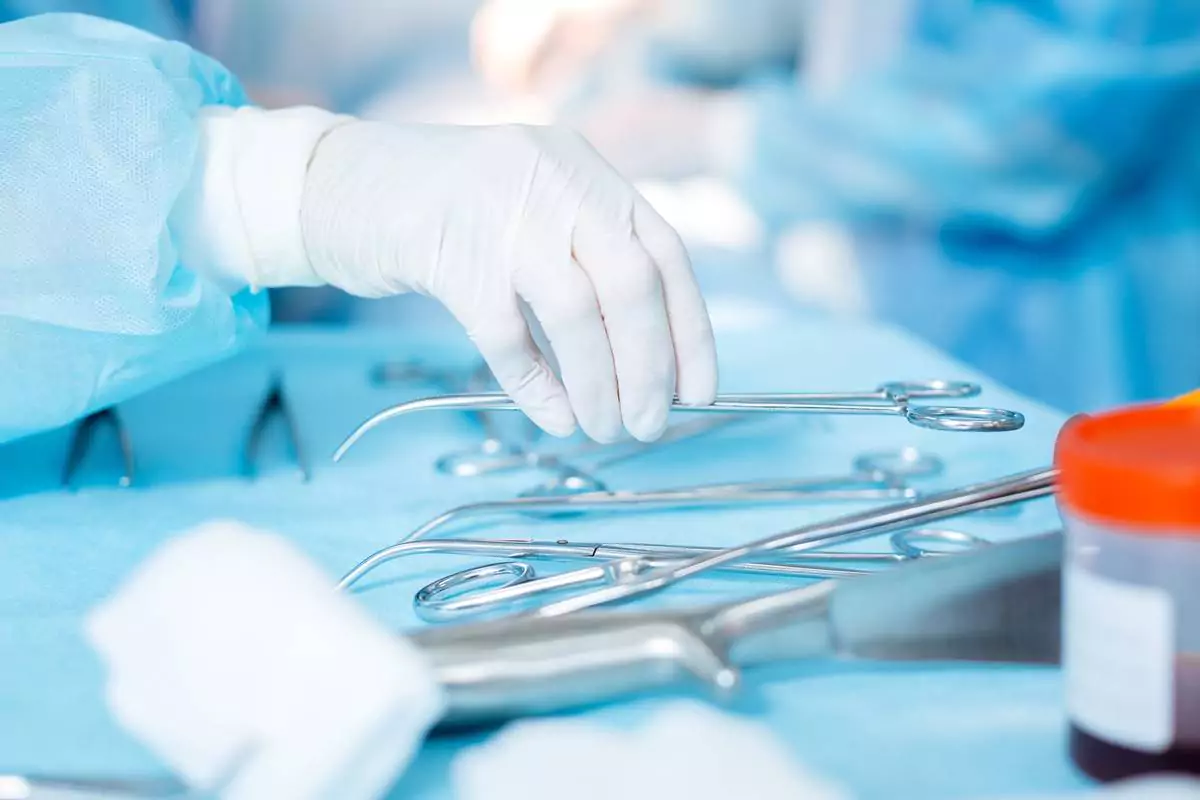Extremely premature babies are at increased risk of mortality and sequelae
Premature birth is defined by the World Health Organization as babies born alive before 37 weeks of pregnancy are completed. Based on gestational age these babies can be classified as extremely preterm (less than 28 weeks), very preterm (29-32 weeks), and moderate to late preterm (32-37 weeks). Approximately 900,000 preterm babies die yearly worldwide, and many survivors live with respiratory, cardiovascular, and neurological sequelae[1]. The risk of health complications increases depending on how early the baby was born, putting extremely premature babies at greater risk. In Europe, extremely premature babies have a survival rate inferior to 80% vs almost 96% for babies born after 28 weeks.
What is artificial placenta?
Low survival rates in extreme premature babies occur because organs such as the lungs, intestines and brain, are developed after the 6th month of gestational age. Infants born before this period normally weigh less than 1kg and are forced to survive in a hostile environment where mechanical ventilation is often needed. To provide extremely premature babies with more adequate conditions for their delicate state, scientists started research on artificial placenta.
Artificial placenta intends to recreate the intrauterine environment with an extracorporeal platform dedicated mainly to oxygenate extremely premature babies without the need for mechanical ventilation. The oxygenation would be possible by using a gas exchange device connected to the umbilical cord of the fetus.
Besides helping infants finish their development without damaging their immature lungs with mechanical ventilation, artificial placenta could also be used to surgically repair congenital abnormalities in late preterm babies.
Promising results after 60 years of research
Artificial placenta was first studied in the late 1950’s, however scientists lost interest by 1970’s due to the major advances in neonatal care, including the use of extracorporeal membrane oxygenation (ECMO). The clinical use of ECMO in term and near-team neonates has encouraged researchers to resume the research on artificial placenta.
Different research groups located in the US, Europe, Australia and Japan are currently working on improving this technology using lambs as animal models. The group lead by Professor Flake in Philadelphia, US, is one with the most promising results so far, reporting lambs that survived up to 4 weeks in an artificial placenta system. During this period lambs were in an enclosed system that emulates the womb with amniotic fluid, connected via the umbilical cord to an oxygenating system. While in the artificial placenta, lambs continue their development presenting mature brain and lungs at the end of the 4 weeks.
3 challenges to overcome before using artificial placenta on human babies
Challenge n°1: accurately reproduce the maternal uterine environment
The main challenge of artificial placenta is to emulate the mother’s womb as much as possible. This means that there is a need to create with biocompatible materials a soft container, protected from light and that produces sounds similar to the ones inside the womb. To create this environment a multidisciplinary collaboration with experts in fetal medicine, neonatology, pediatric surgery and bioengineering is needed.
Challenge n°2: ensure the transfer of essential substances into an artificial placental environment
Beside oxygenation, infants also receive hormones from the umbilical cord, as well as antibodies, and other nutrients from their mothers. In an artificial placenta environment this transfer of substances needs to be almost identical to the one.
Challenge n°3: Reduce the size of the gas exchange system to fit human infants
Another challenge that scientists are facing is to adapt the size of the gas exchange circuit to human babies that weigh less than one kilo, since baby lambs from animal trials are considerably larger. The miniaturization of the gas exchange system is considered by researchers as one of the main milestones towards a clinical application.
Extreme premature babies have still lower chances of survival and increased risk of sequelae mainly because they are born with immature organs and are then submitted to mechanical ventilation. Artificial placenta promises an alternative that could allow infants to continue their development in a womb-like environment, without the need for mechanical ventilation. Advancements in extracorporeal membrane oxygenation have led to the recent generation of promising results in animal models, giving hope for the potential use of artificial placenta in human infants.
Alcimed is constantly exploring new ways to improve the patient pathways of vulnerable populations, such as preterm babies, and is ready to support you in these areas! Don’t hesitate to contact our team!
[1] World Health Organization: WHO. (2023, May 10). Preterm birth. https://www.who.int/news-room/fact-sheets/detail/preterm-birth
About the author,
Richard, Project manager in the Alcimed’s Life Sciences team in France



